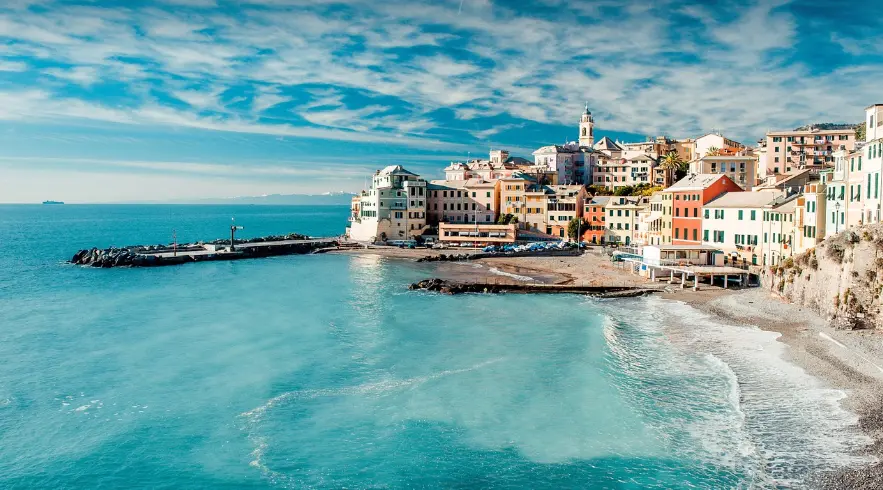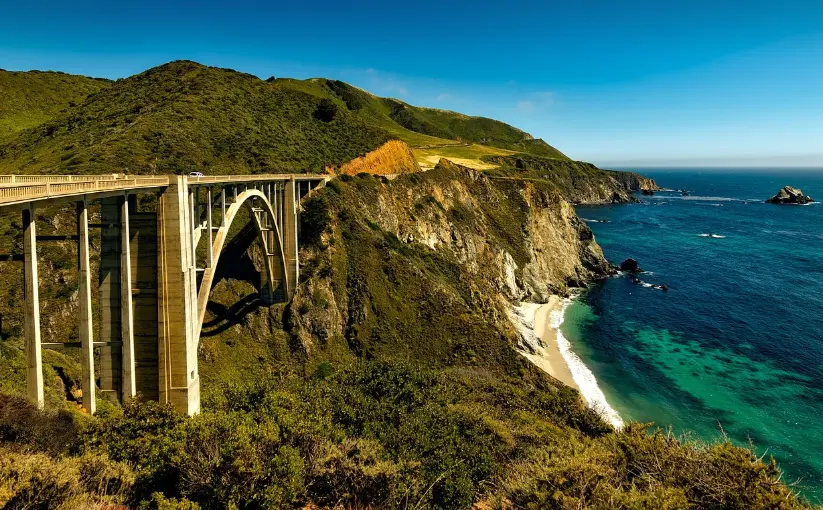Unexpected Facts About Scotland
Scotland, with its magnificent history, unique culture, and stunning scenery, is rich with experiences that go beyond famous attractions and traditions. Scotland is brimming with intriguing facts that may not be widely known, but they certainly add to the country’s charm. Whether you're drawn to the breathtaking landscapes, archaeological monuments, or cultural events, Scotland never ceases to amaze. In this article, discover some surprising facts about Scotland that you might not have considered before.
Historical and Cultural Surprises
Scotland's National Animal: The Unicorn
You might be surprised to learn that Scotland’s national animal is the unicorn. While most countries choose real animals to symbolize their traditions and beliefs, Scotland opted for a legendary creature. The unicorn, often depicted as a horse-like figure with a single spiraling horn, represents purity, strength, and nobility. For centuries, the unicorn has symbolized pride and independence in Scottish mythology. Appearing in Scottish heraldry since the 12th century, the unicorn is often shown chained, signifying that Scottish kings were powerful enough to tame even this mythical beast. This unique choice highlights Scotland's deep connection with its folklore and symbols.
The Birthplace of Golf
Golf enthusiasts will be thrilled to know that St. Andrews is recognized as the birthplace of golf. Played here since the early 1400s, St. Andrews is home to one of the world’s oldest golf courses. The rules and traditions established in this town are the foundation of modern golf, earning St. Andrews the title “Home of Golf.” Golfers from around the world visit St. Andrews, not just for the game but to pay homage to its rich history.
Geographic and Natural Wonders
Scotland’s Tallest Mountain: Ben Nevis
Ben Nevis, towering at 1,345 meters (4,409 feet), is the highest point in the United Kingdom and one of Scotland's most famous natural landmarks. Located near Fort William in the Scottish Highlands, Ben Nevis attracts thousands of hikers and climbers each year, drawn by the stunning views from its summit. The name "Ben Nevis" derives from the Gaelic "Beinn Nibheis," which can be translated as “the venomous mountain” or “the mountain with its head in the clouds,” reflecting its often mist-covered peak. The mountain is not only a haven for adventurers but also a historical site, with an old observatory that operated from 1883 to 1904.
The Mystique of Loch Ness
Loch Ness is world-renowned for its mysterious inhabitant, the Loch Ness Monster, or Nessie. Descriptions of Nessie date back to the 6th century, with numerous claimed sightings over the years, though definitive evidence remains elusive. Beyond its legendary monster, Loch Ness is a beautiful and tranquil spot, surrounded by hills and forests. The loch’s depth and dark waters add to its mystique, making it a popular destination for tourists and monster hunters alike. A visit to Loch Ness offers a glimpse into Scottish lore and the country's natural beauty.
Quirky and Unique Traditions
Hogmanay: Scotland’s New Year Celebration
Hogmanay, Scotland’s New Year celebration, is one of the most vibrant and colorful festivities worldwide. Believed to have French origins, Hogmanay incorporates a blend of Norse and Gaelic customs. Celebrations include street parties, fireworks, and the singing of “Auld Lang Syne,” written by Scottish poet Robert Burns. A unique Hogmanay tradition is "First Footing," where the first person to enter a home after midnight brings good luck for the year. This visitor, or “first-footer,” typically arrives with gifts such as coal or shortbread. Hogmanay celebrations extend over several days, filled with traditional events and activities.
The Highland Games: A Display of Strength and Culture
The Highland Games are a quintessential Scottish tradition, showcasing the physical prowess and cultural heritage of the Scottish people. Held annually in various parts of Scotland, these games feature athletic competitions, music, and dance against the stunning backdrop of the Scottish landscape. The games are famous for their heavy events, including the caber toss, stone put, and hammer throw, which highlight the competitors' strength and endurance.
Conclusion
Scotland is a land full of surprises, from its mythical national animal to its pioneering inventions. These fascinating facts about Scotland shine a light on the country's rich history, unique culture, and natural beauty. Whether you’re exploring towering mountains, participating in traditional festivals, or uncovering Scotland’s contributions to the world, the country offers endless opportunities for learning and adventure. As you plan your visit, take the time to appreciate the lesser-known aspects of Scotland, and you’ll leave with a deeper understanding and admiration for everything this incredible country has to offer.










